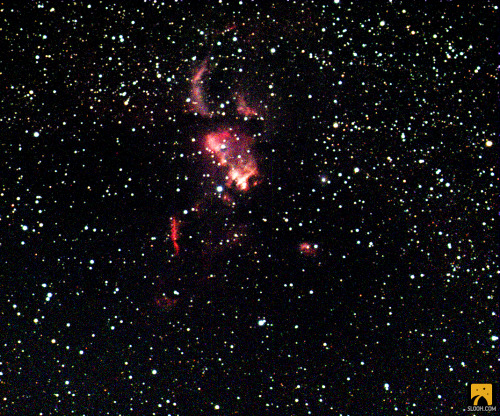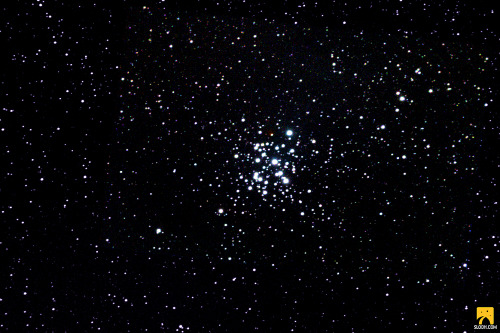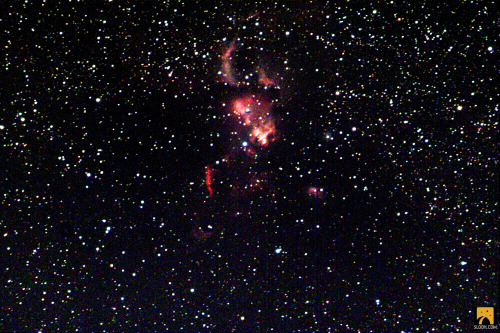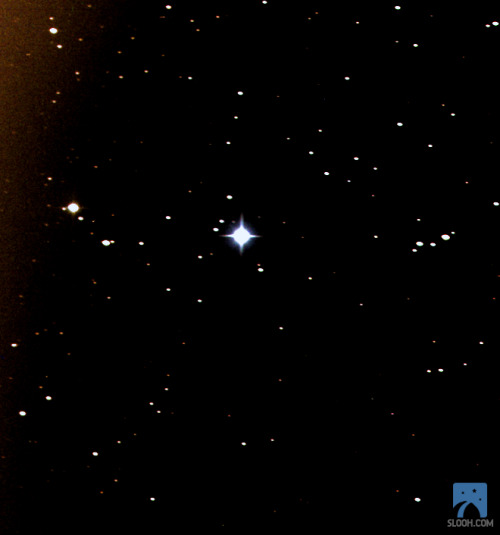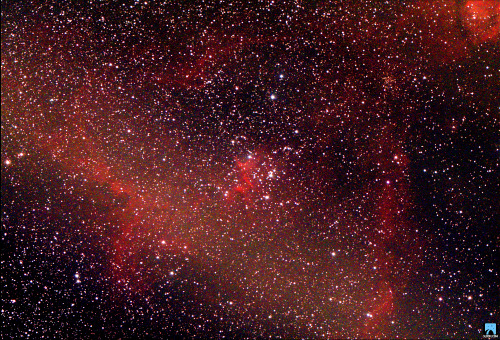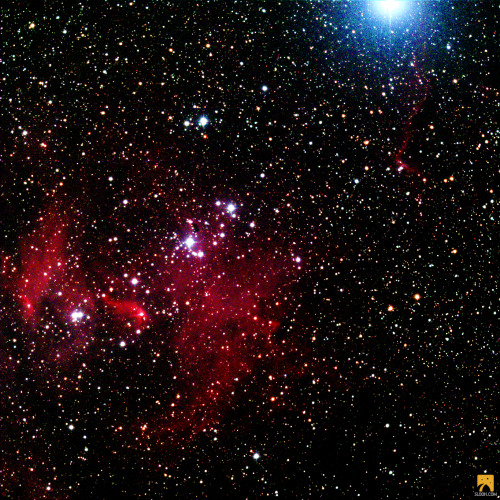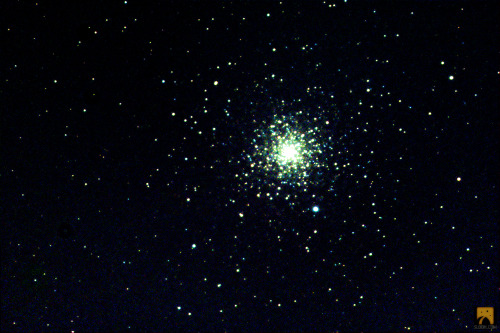#slooh canary two
This is some telescope astroart!
I took this picture of the Helix Nebula, but the telescope probably had some glitch or error, resulting in this strangely ominous circle. This occurs from time to time and it’s some cool art!
Taken by me (Michelle Park) using the Slooh Canary Two telescope on January 5th, 2022 at 1:05 UTC.
Post link
This is the Big Bear Pair!
This relatively unknown pair of galaxies is a beautiful sight in the Ursa Major constellation, also known as the Great Bear constellation. Although located a whopping 150,000 light years from each other, these two galaxies gravitationally interact with each other, creating an S-shape!
Taken by me (Michelle Park) using the Slooh Canary Two telescope on December 13th, 2021 at 1:17 UTC.
Post link
This is NGC 3576!
Located 9000 light years away in the Eta Carinae Nebula, this nebula’s distinct shape has earned in the nickname “The Statue of Liberty Nebula”. Drifting through the Milky Way’s Sagittarius Arm, rampant star formation and ensuing stellar winds shape this beautiful collection of gas and dust!
Taken by me (Michelle Park) using the Slooh Canary Two telescope on December 8th, 2021 at 5:07 UTC.
Post link
This is LMC N49!
Considered to be the brightest supernova remnant in the Large Magellanic Cloud satellite galaxy, the center of this beautiful object holds a dead star. This neutron star has a strong magnetic field and gamma ray bursts that distinguish it as a “soft gamma repeater” star!
Taken by me (Michelle Park) using the Slooh Canary Two telescope on December 6th, 2021 at 1:08 UTC.
Post link
This is NGC 3293! ✨✨✨
This newly born cluster is made up of hot, young stars that are a mere 6 million years old. Located near the Carina Nebula, this beautiful star cluster floats in a dust lane that was the birthplace for these stars!
Taken by me (Michelle Park) using the Slooh Canary Two telescope on November 14th, 2021 at 5:32 UTC.
Post link
This is the Toby Jug Nebula!
This oddly shaped reflection nebula is composed of carbon, titanium dioxide, and calcium oxide dust. The interesting name Toby Jug comes from an old English drinking vessel that the discoverers of the nebulae drank out of when they were younger!
Taken by me (Michelle Park) using the Slooh Canary Two telescope on November 12th, 2021 at 2:47 UTC.
Post link
This is the Statue of Liberty Nebula!
Located in the Carina arm of the Milky Way and at a distance of 9000 light years away, this towering nebula has 2 huge filaments filled with newborn stars. If you look carefully, you can see looping fragments shaped by the stellar winds of hot stars!
Taken by me (Michelle Park) using the Slooh Canary Two telescope on March 8th, 2022 at 2:07 UTC.
Post link
This is Ceres!
Ceres is the only dwarf planet in our inner solar system and the largest object within the Asteroid Belt. Water vapor is being released from the dwarf planet, resulting in Ceres losing 6kg of its mass per second through steam!
Taken by me (Michelle Park) using the Slooh Canary Two telescope on March 7th, 2022 at 20:11 UTC.
Post link
This is the False Cascade Nebula! ✨✨✨
Also known as Kemble’s Cascade, this asterism refers to a collection of 20 faint stars in a straight line over 5 moon diameters. You can easily identify this asterism in the night sky by identifying the W-shape of the Cassiopeia constellation and seeing where the left side points to!
Taken by me (Michelle Park) using the Slooh Canary Two telescope on February 20th, 2022 at 5:28 UTC.
Post link
This is the Heart Nebula!
Happy Valentine’s Day! To celebrate this occasion, here is the beautiful Heart Nebula, an emission nebula with dark dust lanes and glowing red hydrogen gas. The heart shape of the nebula is driven by stellar winds from the hot stars inside, some of which have masses up to 50 times the Sun!
Taken by me (Michelle Park) using the Slooh Canary Two telescope on February 7th, 2022 at 21:13 UTC.
Post link
This is the Running Chicken Nebula!
This nebula’s unique name comes from the shape of its brightest region being similar to a running chicken. In the upper right corner, you can see the bright star Lambda Centauri, which gives this nebula a second name: the Lambda Centauri Nebula!
Taken by me (Michelle Park) using the Slooh Canary Two telescope on February 5th, 2022 at 3:22 UTC.
Post link
This is the Trifid Nebula!
This nebula’s unique name comes from the 3 dark bands of dust that traverse its center. Despite the nebula itself holding many massive stars, it is no longer undergoing star formation because these highly radiative stars have blown a lot of the dust away!
Taken by me (Michelle Park) using the Slooh Canary Two telescope on February 5th, 2022 at 8:37 UTC.
Post link
This is the Eta Carinae Nebula! ✨✨✨
Due to its eruption in the 1840s, the mass of this stunning nebula has been challenging to measure. The colorful dust also dims the star’s ultraviolet and visible light by reradiating the shorter, more energetic light through longer wavelengths like infrared light! ❤❤❤
Taken by me (Michelle Park) using the Slooh Canary Two telescope on February 1st, 2022 at 5:32 UTC.
Post link
This is the Great Peacock Globular!
This beautiful globular cluster is the 4th brightest star cluster in the night sky, being close to Earth at about 13,000 light years away. The presence of many blue stars and binaries are likely caused by the collision and merging of smaller stars!
Taken by me (Michelle Park) using the Slooh Canary Two telescope on January 21st, 2022 at 8:42 UTC.
Post link
This is the Orion Nebula! ✨✨✨
Recent observations by the Hubble Space Telescope reveal the presence of protoplanetary disks, or proplyds, in the Orion Nebula. Newborn stars form in this beautiful nebula when clumps of hydrogen gas condense and become hot enough for stellar fusion!
Taken by me (Michelle Park) using the Slooh Canary Two telescope on January 20th, 2022 at 3:22 UTC.
Post link
This is Messier 106!
This beautiful spiral galaxy is special because it has an extra set of arms, rather than the usual one pair. These arms may have been created from the violent gravitational interactions of the supermassive black hole in the galaxy’s center!
Taken by me (Michelle Park) using the Slooh Canary Two telescope on January 13th, 2021 at 23:53 UTC.
Post link



